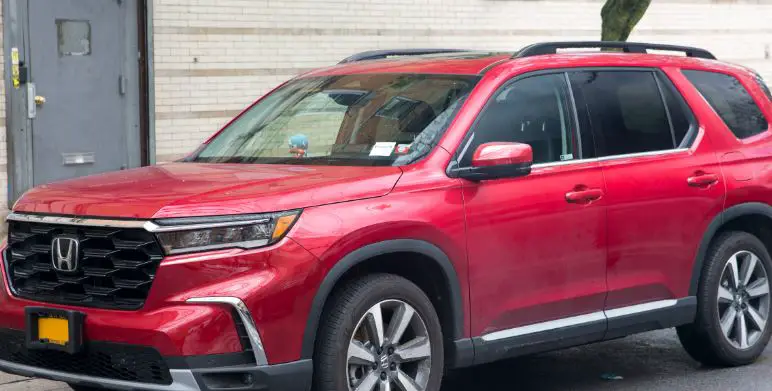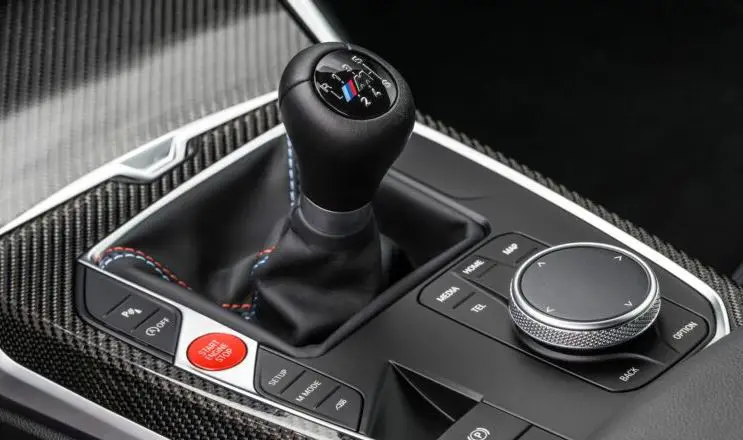If you’ve ever had to jumpstart a car, you know that it’s not as simple as connecting the jumper cables and starting the engine. There are a few things you need to do in order to avoid damaging the battery or the car. In this blog post, we will discuss how long you should run the engine after jumpstarting it. We will also talk about some tips for keeping your car battery healthy! Before we get into the details, let’s remind ourselves why we may need to jump-start a vehicle.
Why Would You Need to Jumpstart a car?
There are a few reasons why you might need to jumpstart a car. One reason is that the battery has died and needs to be replaced. Another reason could be that the alternator isn’t working properly and isn’t providing enough power to start the engine. Jumpstarting the car can help get it running again until you can take it in for repair.
How Do I Jumpstart a Car?
In order to jumpstart your car, you will need the following: jumper cables and another vehicle with a working alternator (preferably one that is similar in size and weight). It’s best not to rush this process if at all possible. Jumpstarting can take anywhere from 20-30 minutes depending on how the level of experience you have.
If you want to jumpstart a car, it’s important to know certain steps and safety precautions in order to prevent accidents. To begin with, make sure your car is off. Then locate the battery on both cars and locate the positive (+) and negative (-) terminals for each battery. You can find these by looking at the back of the batteries. The + terminal will have a “+” sign or red cap over it, while the negative terminal will look like anything else (silver metal strip).
Now that you’ve identified which terminals are which for each battery, attach the positive cable to the positive terminal of one battery first then do the same with attaching either end of the other cable to their respective terminals on second battery.
Also make sure the battery has a charge before beginning, and start this process with both cars in park or neutral. If your car does not have an automatic transmission just put it into 1st gear. Now that you’ve got everything connected, turn on the engine for the good car and let it run for a minute or two before starting up the dead battery’s vehicle. When you’re finished jumpstarting your car, disconnect cables in reverse order: negative cable first, then positive cable to remove clips from their respective terminals.
How Long To Run A Cars Engine After A Jump?
After you have jumped started your car it is important to let the engine continue running for at least 20 minutes before shutting it off. This allows the battery time to charge and be equal to the rest of the electrical components in your vehicle so nothing happens while driving. In particular, it will allow the fuel system enough time to pump through all of your cylinders that may have been flooded with fuel due to being shut off abruptly after a jumpstart. Many people think they can just disconnect right away but this practice could cause problems down the road with vehicles starting properly when needed most.
If you happen to drive around with a discharged battery, make sure you avoid driving during rush hour as this will put unnecessary strain on your battery which can cause permanent damage. This is especially important in cold climates where your battery would need the added voltage of an engine to turn over.
What Are Some of the Symptoms of a Bad Car Battery?
1. Slow engine crank – This is usually indicated by an extended cranking time when you attempt to start the car, followed by slow acceleration once started. A complete lack of response can also be attributed to this issue.
2. Dim lights – If your vehicle’s lights begin to dim or flicker during operation, it may be time for a check-up on your electrical system; which includes the battery and alternator(if applicable). A failed or weak battery will cause electrical components like headlights and interior electronics (radio, navigation system) to operate at reduced power levels, causing them to appear dim.
3. Slow to start – Weak batteries will exhibit slow cranking and/or failed attempts to start the vehicle while cold. If you notice any of these symptoms, we recommend having your battery checked as soon as possible for more details click here .
4. Corrosion on cables or connectors – Excess corrosion around the positive terminal cable clamp and/or the grounding post indicates a potential problem with the car’s charging system. This can be an indication that acid has been leaking from inside the battery and is not being fully neutralized by the cars onboard charger. Click here for more information on corrosion and how to correct it .
5. Swelling Battery Case – A swollen battery case is indicative of a defective cell in the battery
Tips For Keeping a Cars Battery Healthy
+The best way to keep your car running well is to drive it regularly. Driving your car helps the battery stay healthy and live for longer. Cars are designed to be driven, so don’t leave them sitting for too long. Batteries need to be used or else they’ll just go flat. If you’re leaving your car for more than a week, think about taking the battery out of your car and charging it fully before you put it back in when you’re ready to get back on the road. If you’re constantly running a lot of electrical accessories out of your car, investing in a battery charger will be a lot more economical than having to buy a new battery every eighteen months.
+Turn off and disconnect electronics when you turn your car off or leave it on auxiliary power to avoid draining the battery.
+Modern cars are equipped with many devices that require electricity, which means the battery has to work harder. Things like car chargers and GPS units can be extremely useful but keep in mind that they draw power from the battery even when the engine is turned off. If you find yourself constantly running out of charge or having problems starting your car up again after it’s sat idle for a while, then there’s probably something wrong with your vehicle that needs looking into.
+Check the expiration date of your battery, and replace it every 2-3 years. Replacing the battery requires careful handling of sulfuric acid which can result in heavy burns if spilled or touched. You should always wear protective gloves and eye shields when working on car batteries. Make sure that you dispose of old batteries properly to avoid environmental damage and injury from chemical exposure.
Go Home









[…] pandemic you have one vehicle that only gets taken out 20 minutes a week purely to keep the 12-volt battery alive. Long periods of disuse affect other components too, such as your evaporator coils and fins on your […]